Tommy Castro – Playing With My Friends
by Matteo Bossi
“Buongiorno!” says in italian Tommy Castro as we greet before our conversation over Zoom, “last summer we played in Sardinia and in another festival in Pignola, in the South of Italy, we spent a few days there, it was a nice little town with a good restaurant and every night we ate like we belonged to a big italian family!”. We’re obviously glad that Castro and his bandmates enjoyed their time in our country, just as much they enjoy playing live in front of an audience. They’ve always been a hard working band, playing hundreds of gigs that cemented their reputation over the years just by killin’ it live, to quote the title of their 2019 live album. And the new studio one, “Closer To The Bone”, out now on Alligator Records, has very much a live in the studio feel, thanks to the chemistry between Castro, his Painkillers and ace producer Kid Andersen and his Greaseland studio, where the record was cut.
A very different approach than his previous album, as Castro confirms right away. “Yes, on “A Bluesman Came To Town” I was going for a concept and it really called for a slick, a little more polished, modern contemporary blues approach. For the story I was telling, the different syles and Tom was very involved in the stories and the songwriting with me, and I’m very happy with that album and how it went. But what I like to do is that every time I make a record it’s completely different from the last one. So here we are, doing something very different, at the opposite end of the spectrum for that kind of production. Kid is really a genius, what he does in his home studio, it’s a small space with a thousand instruments and he can play every one of those instruments…and he knows the music inside and out, he’s more of a traditional music expert, traditional blues and several other things beside that. There’s really nobody that knows the subtleties and the ins and outs, the important things about old school traditional blues there’s no one like him. It was great fun. And I must say that this album is as much a Kid Andersen record as it is a Tommy Castro, we really worked it all out together and he pushed me a lot to keep things as real as possible.
You mean during the sessions?
Yes, like for instance, in the recording process, it’s very common that you play the song with the band, you record everything and then you go back and redo almost always the vocals because of technical reasons and sometimes you redo the guitar work. And in some cases the whole album is done that way. In this case we had maybe three songs out of the whole record that I went back and worked on the guitar a little bit, other than that everything was done live in the studio. Kid and I would go back and forth, I’d say “oh I want to make it better” and he goes, “it’s perfect!”. Sometimes it seems there is an hesitation or a mistake or something like that that comes along but it’s just adds to the real live feel so we leave it there. In the slow blues, “Crazy Woman Blues”, at one point I hit a note and I go “aah” that’s not what I wanted to do, but it was OK…and he left it like that. It was basically a mistake that we kept in there…if you listen to the old blues records you can hear stuff like that.
Like on Buddy Guy and Junior Wells records, you can hear something like that.
Oh totally and they would leave it! Or, have you listened to that song “Blues With A Feeling”? It seems like they get the form wrong at some point in the recording. And so traditional blues players have to decide, when they do the song, are they gonna do the right way, what they intended to do or do what they actually did and recreate the mistake? It’s a call you have to make if you’re a band leader. It’s a personal choice, but the point is the records were made, so many great blues albums were made, and all those little things like that just make it more interesting and more entertaining. To make a long story even longer…Kid and I went back and forth to keep it real, not to get my perfectionism in the way. And it was an interesting process and at the end of the day it really feels like we made the right calls.
It really feels like a live record, in the moment. And what about the songs? Some of them are your own original stuff other are chosen from the repertoires of Wynonie Harris or Jimmy Nolen, who was a great maybe underrated guitarist.
Right, and most people just know him, to be honest the main thing I knew him too for, is playing guitar for James Brown…he was a master of that funky rhythm guitar. And to this day I play that rhythm, it’s in my blood. I don’t know if it was him or James Brown but he played that part through the whole song, he never changes, until he gets to the bridge, but he gets the right feel, in the groove for the whole song. As a guitar player, I’m playing rhythm in my own band, I play a part that fits the groove and I tend to do the same thing. I don’t feel any need to go do something different. There’s nothing wrong in doing something different, I just think it’s cool that somebody is so disciplined, so committed to the groove that they just not gonna change. I love that about him. And that was mostly what I knew until this song came along. To tell you, I had some help selecting the songs by a blues historian, a friend of mine and he’s also very good friends with Bruce Iglauer too, a produced a lot of records, his name is Dick Shurman. I asked him, I said, “hey I’m looking for some cool songs that haven’t been covered before or too much anyway”. So he suggested a few things. And also Bruce Iglauer, the boss, suggested a number of things. And I did a lot of listening myself. I knew that for the kind of record this is I didn’t need all original songs, maybe it’s better for my royalties if I have more original songs, but I’m not worried about that, I wanted to make a certain kind of record.
And you did songs by your friends, like Johnny Nitro or Chris Cain.
And Ron Thompson too! Local Bay Area guys, these guys are people that inspired me just like Freddie King or Albert King or whoever I was listening to. I have just as much regard for Chris Cain or Ron Thompson as any of those guys. So I thought there are some songs of theirs that I like and surely nobody recorded those songs…even though the Ron Thompson is basically an Elmore James style thing, but that’s what Ron did, his style leaned heavy on Elmore James of course he could expand on that for days, he could play rounds and rounds of solos…I don’t have that many chops as Ron had, but I do have a feel for that kind of a shuffle and we did that song live, for fun…so I thought let’s put it on the record. And really we did “Freight Train” because we had been playing it live on shows before. We played it once in the studio and that was it, and it saves a lot of times! It was really a fun project…a lot more work than I planned to do. Kid would just take a guitar, plug it into an amp and hand it to me. “Play this”, we experimented like that. So on the Johnny “Guitar” Watson song I played with a capo, which I never do and I played with fingers, which I can do but I don’t do much, or not for a whole song. Sometimes for a certain part of a song. That was interesting. He had the right guitar for me for that song, a Gibson 330 from the Sixities, the minute I played the first note I said, “That’s the sound”. A lot of cool things like that happened.
Some of these songs can be done very well as acoustic numbers, do you play acoustic shows sometimes?
Oh yes, I do an acoustic show once in a while, very seldom, but I’m planning one in San Francisco next year in may. I’m just trying to get comfortable on stage with that, I’ve never did it before. I know a lot of guitar players that are working their way up to get enough gigs to make a living playing acoustic, because sometimes you can’t get a gig with the whole band and so they’ll take a spot for an acoustic or solo show. Many people did a lot of that. Keb’ Mo’ would do a solo show, which is my favorite show of his…a lot of guys have a lot of experience with that. For me it was something I did at home, sitting around the house on the couch. And during the pandemic I had extra time. I got to tell you a little story, in those early days of the pandemic it was still scary and I was concerned about Taj Mahal, whose a friend of mine, we would talk quite often on the blues cruises…so I made a call to someone that might know how he was doing and I left a message. A day later I get a phone call and it was a guy calling portuguese to me on the phone, I thought it was a wrong number and I hung up. Then he calls back and he says, “It’s Taj!”. He knows I’m portuguese, my heritage is and he’s giving me a hard time because I don’t speak portuguese, he’s telling me I should learn, so he speaks to me in portuguese to shame me, to learn my own language! But that was really cool to get a phone from him. We had a few conversations over the phone and he really enlightened me to a lot of things I like. I have always wanted to learn to do more fingerstyle sort of Piedmont country blues, but it’s really hard, it takes a lot of time to be able to do it all. He was inspiring. I remember telling him, “I don’t know, man, at this stage of my life it’s a little late for me to be really learning this stuff. I’m having a hard time getting it”. And he goes, “hey, other people can do it, you can do it too!”. And so I have been practicing, little by little I’m working on it and trying to get better on that style. But I have other kind of acoustic blues I can do, like a Lightnin’ Hopkins style and plenty of my own songs I can do with the acoustic. I have enough to put a nice solo show together.
Your friend and label mate Tinsley Ellis did an acoustic album and tour with Marcia Ball, you could do something like that with your partner, Deanna Bogart.
Oh we have done! Deanna and I have done a couple of duo shows together, it’s always a possibility. But right now with this new record and my band we gonna be very busy. I was a bit nervous about the record, it’s such a casual, fun project, not too lofty and some of these songs are very, simple, straight ahead blues…
That spontaneity really comes out when one listen to the record. It has something to do with the Greaseland community vibe, you have Jim Pugh, Chris Cain, The Sons Of Soul Revivers…
Oh yes and you know I grew up in San Jose, that’s where Greaseland is…and all of these guys are my friends. About “Hole In The Wall” I was thinking, I can just hear Jimmy Pugh on the organ, he knows gospel music really well and the music side of this is very similar to gospel quartet music, so I had the Sons on background vocals. Little things like that. I had Chris (Cain) play piano on a Ray Charles song, because not everybody knows that Chris can play piano and he can play just like Ray Charles if he wants to…and I was thinking, “man, that’s not fair!” He can play guitar like that and he can play the piano like that! He’s not just an ability, it’s the fact that when Chris plays the guitar, nobody sounds like him. He does something that nobody else exactly does. You can hear some influences from like B.B. King and Albert King, Larry Carlton and Robben Ford, he mixes it all together and it becomes his style, his tone. He never changed a thing, he plays a 335 into a small amp and that’s it, no effects, no pedals…he doesn’t feel the need to change guitars, he gets this great sound from his fingers and this simple setup. And it’s been that way since I first heard him way back in the Eighties…
You were on his latest record, you did a Sam and Dave style duet, “Thankful”.
Oh that’s right! I forgot about that but, yes I did that vocal on his record and that was another Greaseland family thing! I remember Kid called me up, he said “hey, you’re gonna be in town? I want you to stop by and sing a part on Chris Cain’s album”. “Of course I can”, I said to him.
Johnny Nitro was a great friend and a mentor to you, yeti t was the first time that you recorded one of his songs.
Yes, it was the first time. I’ve been thinking about it, many times it crossed my mind, even when he was still alive I wanted to do it. But the records would come and there were so many people involved and the writing of songs and it just never worked out. So finally when we got to this record I thought – well, there’s a song of Nitro that I’ve always loved and it’s perfect for what we’re doing here- and so we did “One More Night”. And I got this guitar from him, my 1966 Fender Stratocaster, there’s an article on Vintage Guitar Magazine about it. They’re doing a story about me and this guitar. I went to a gig one night, before I had my band, before the Dynatones, I was playing on Monday nights in San Francisco with Johnny Nitro’s band, because his harmonica player did not want to come on Monday night, he wanted the night off. So Johnny said to me, “hey, do you want to do Monday night with us?”. I said “of course yeah”. So on Monday nights I was a Door Slammer. And he had this guitar, he showed it to me…and he said, “I’m selling it to a guy that is coming tonight”. I said, “oh no, it’s so cool please don’t sell it!”. We went back and forth and talked about it for a while and we struck a deal, he made a really good price for me and I gave him the guitar i had, a pretty crappy Seventies Strat that I didn’t have any love for, I could play my gig and it worked fine but that was it. So i gave him that and some extra dollars and that guitar has been with me ever since, it’s my favorite guitar.
Do you still use it on tour?
I do now, but I hid it away for a while because it got stolen once. So when I got it back I put it under the bed and left it there, I said to myself I’ll never take it to a gig again, not flying anywhere with it or leave it in any car…I’m not taking any chances because it means so much to me, especially since Nitro has passed away. Then ten years went by and I’m in my new place with Deanna and since we moved there I got this guitar in a closet. And every now and then I go in that closet to look for other things and every time I see the guitar sitting there in the corner, in a case. And I imagined the guitar was sad for having to live in the closet and not get played. I really thought like that but then I closed the door, “don’t be silly”, I said, “it’s a guitar, it doesn’t have feelings!” But after a while the idea crossed my mind that it was really wrong to leave it there, I should be playing it again…and it’s the best decision I’ve made, guitar wise, I forgot how much a part of me this thing is. The way it feels, I don’t know what kind of neck this is all I know it feels perfect. I played it on the new album too, mostly, except for slide and the Johnny Guitar Watson song and maybe on the Ray Charles song I might have used a 335 that Kid had around, but the rest of the record it was this.
You worked with Jim Gaines, who recently passed away. He produced “Can’t Keep A Good Man Down” and “Right As Rain”. The last album he produced was probably the one by your friend Ronnie Baker Brooks.
Oh Jim had an incredible career and he was a really nice guy to work with, very humble though he was a very famous record producer, Stevie Ray Vaughan and Santana…and almost every blues artists. He was such a great producer, Jim was a technical guy, he could engineer in the studio. But his first job at Stax Records, he told us this, was mopping the floor every time after Otis Redding got through with singing, because he would sweat so much that the floor would be drenched with sweat! What a great insight story, you see it in your mind. One time he had the job to go through all the old two inch tapes and figure out what was on it. They didn’t know what everything was, he had to listen and categorize everything at Stax. He made a record with us and before he worked with the band I was in, The Dynatones, and of course Huey Lewis & The News and they were very popular at that time, so when the guys at Blind Pig recommended him, we said “oh Jim Gaines, yeah, are you serious?!” As for Ronnie, I’m so proud of him. He is about ten years younger than me but at the same time he’s like a big brother to me…he’s been a bluesman since he was three years old, so I learned a lot from Ronnie and we’re very good friends and I recommend his album. Ronnie always wanted to do his own records and he did, but I’m glad that he and Bruce finally struck a deal, he’s good for Bruce as much as it is for Ronnie, that whole experience of working with his dad all those years…those were interesting times for Alligator Records, they were selling a lot of records and all these great blues artists were recording for them. Lonnie Brooks was one of them and Ronnie was involved and so to have him back around is so good.
And Ronnnie, like you and artists from your generation as Rick Estrin or Billy Branch who are guesting on the record, surely learned to play in a different way.
Oh yes, If you look on my Facebook page about a week ago I posted a little video of me practicing with a record…now I use a computer, youtube, there’s all kind of ways to practice, with all the technology. But in the old days, when I was a kid I only had a record player and a guitar. And that was it. So I did a little example of how I practiced and I did a short clip. People that learned the way we did, and there’s a lot of us still around, I’m glad we had that experience, without all that technology…now it doesn’t make any sense to act like if it doens’t exist, I use a fair amount of technology, it can be helpful, for example if I have to play guest on a record for a friend in England I don’t have to go there. I just did a bit for Krissy Matthews next album and sent it to him. It’s a different time, but we old guys are still connected to that type of learning. The other thing about it is that you would pass things on to your friends and your friends would do the same. A lot of good friends really taught me how to play when I was young, I didn’t have guitar lesson, my family didn’t have money for these kind of things, I just listened to records and tried to figure things out. And my friends would show me like, “that’s not the right chord that you’re playing, it’s this one”, “oh wow” I’d say and now I have them for the rest of my life. I still remember when a friend of mine, Eddie Van Hagen, a guy in my neighborhood, he was the first guy who showed me a ninth chord, which probably it’s the chord I use the most. I was just a kid, eleven or twelve years old, I had not even made it to the garage yet!


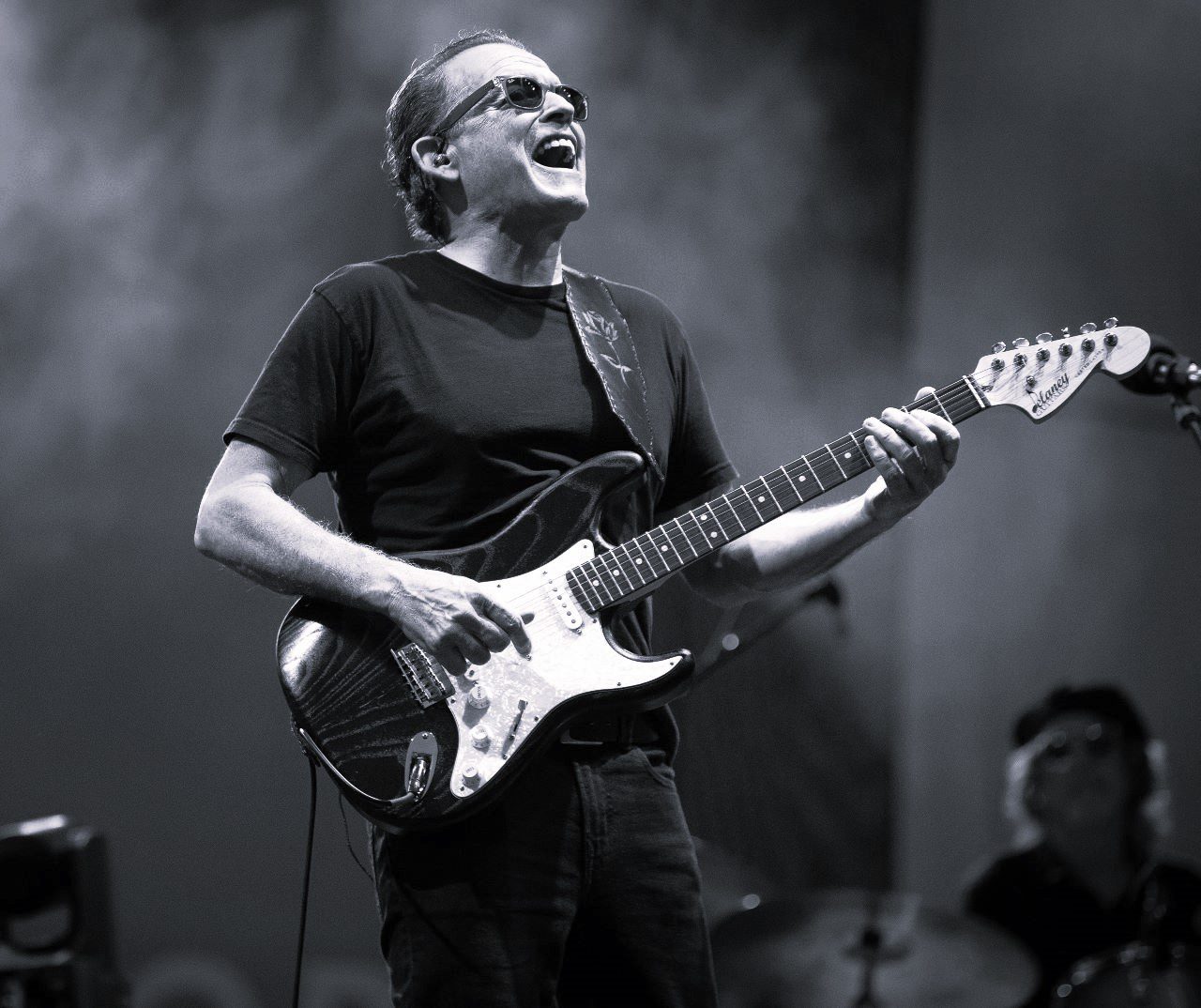
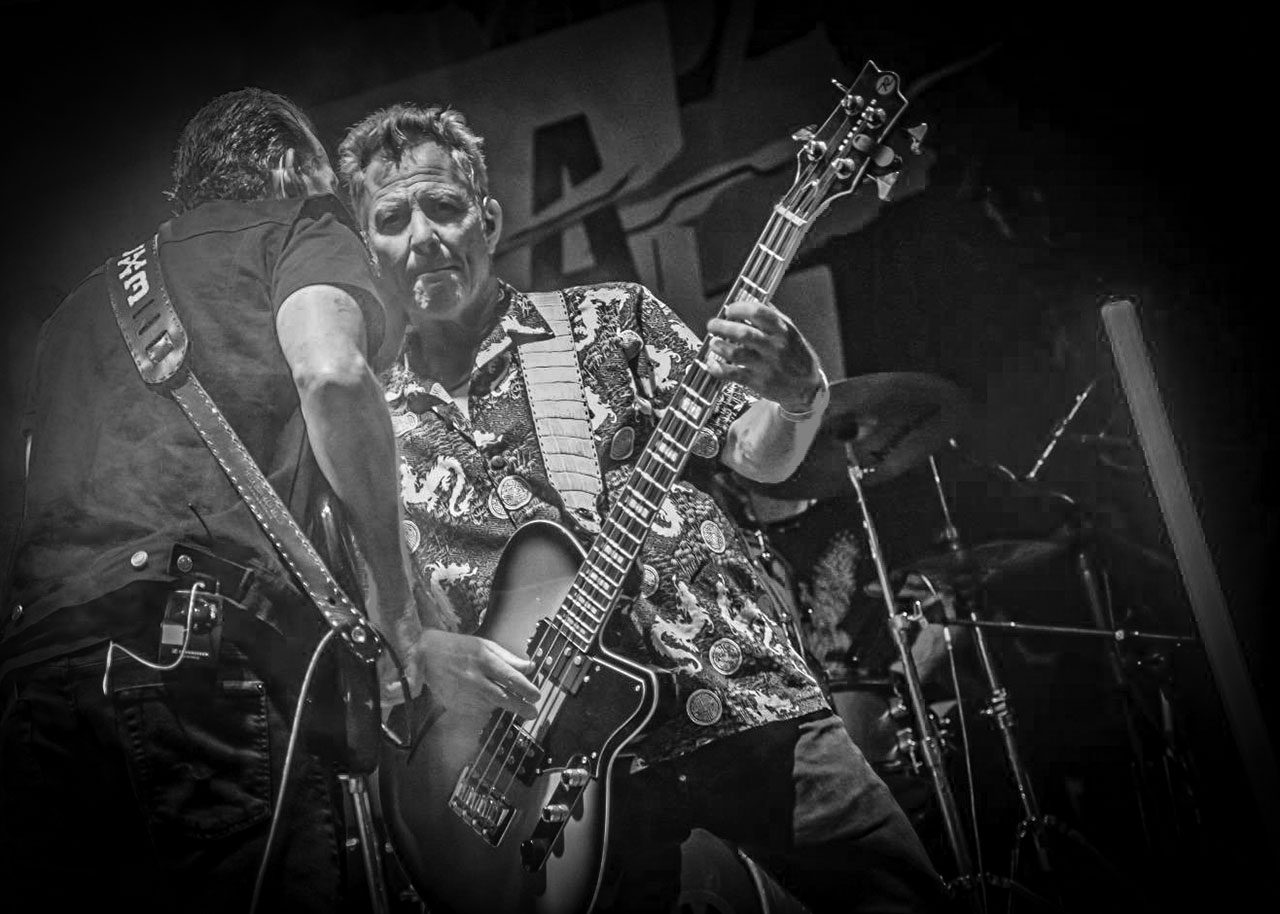
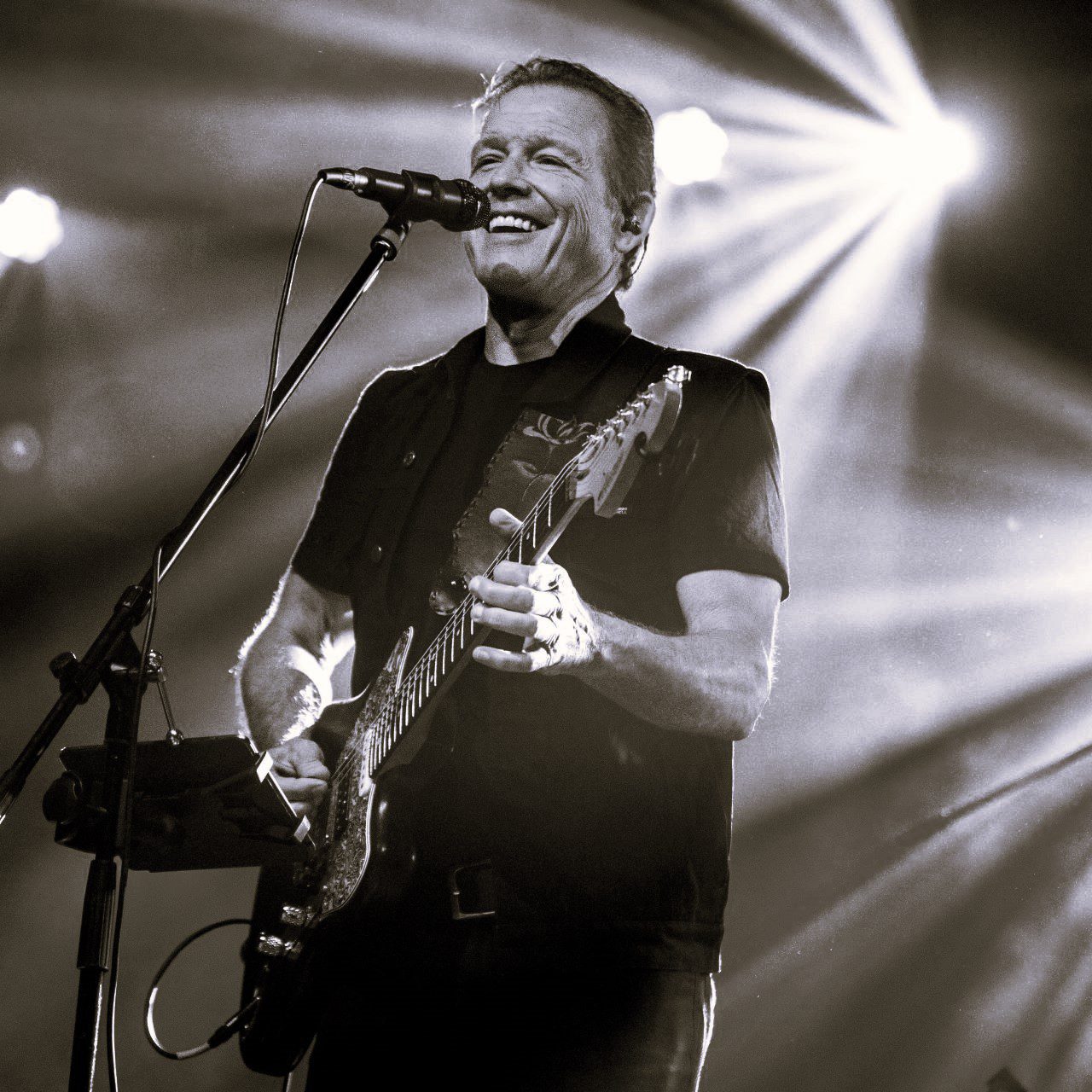
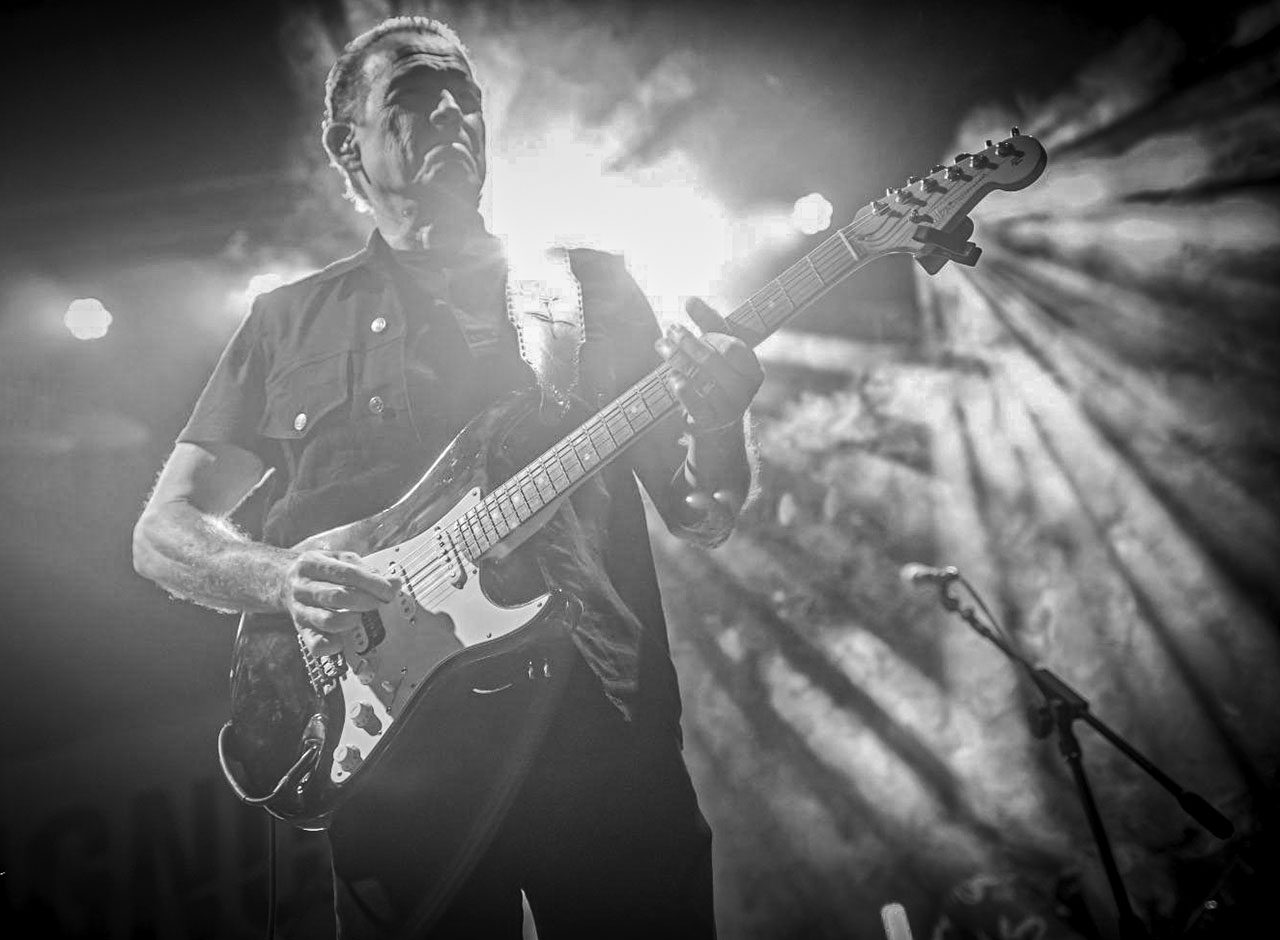

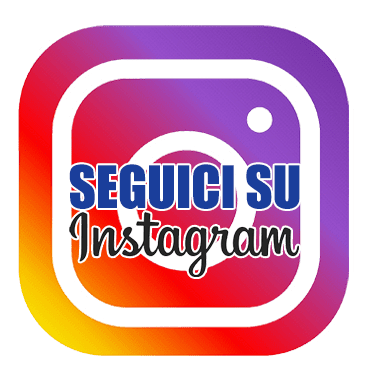



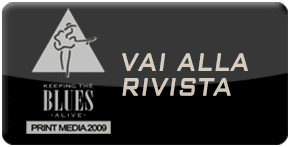


Comments are closed